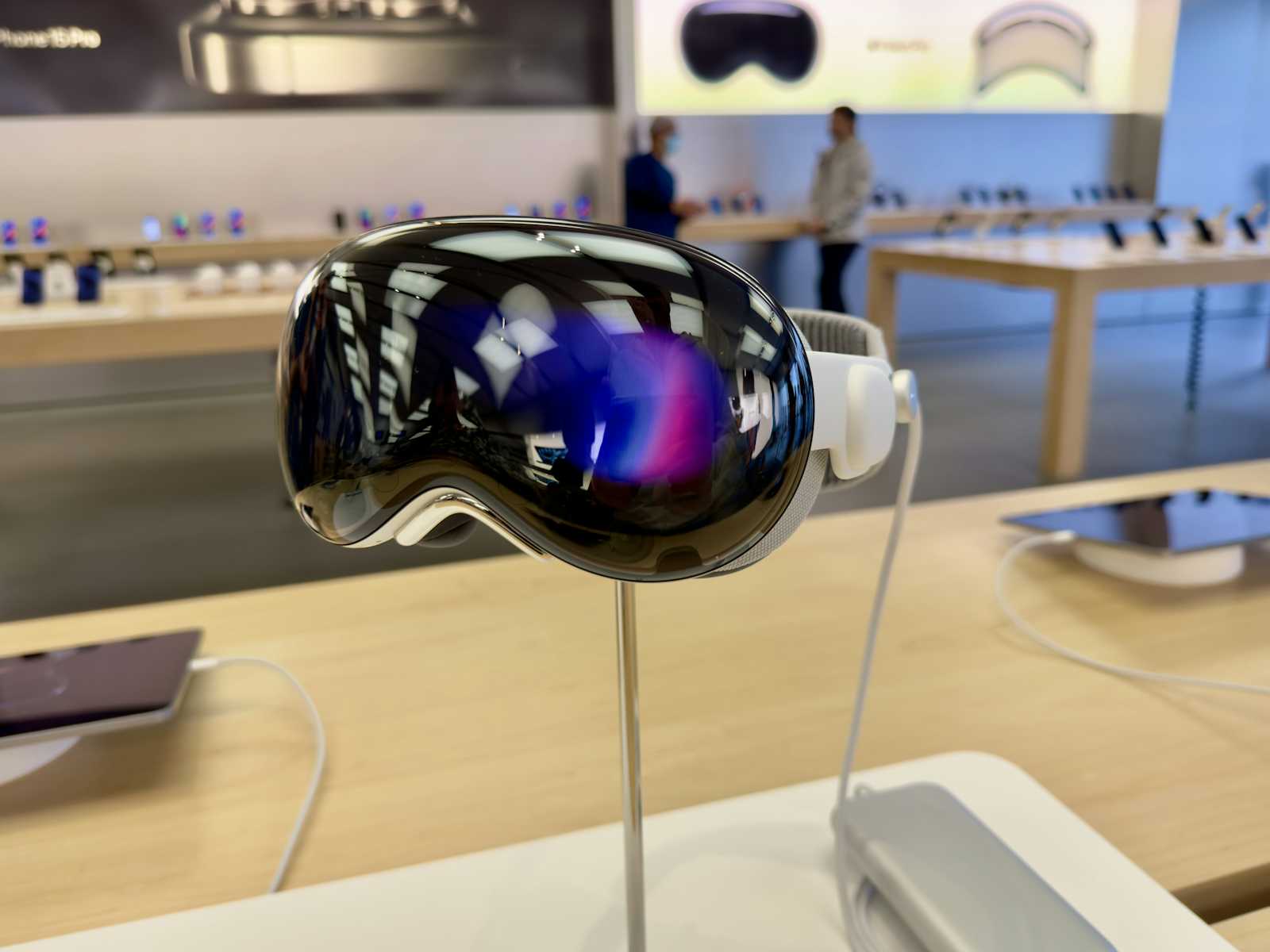Get Started with visionOS: Creating Immersive Experiences
 Vinoth
Vinoth
Greetings! I'm excited to delve into visionOS in this post.
In WWDC 2023, Apple released a new spatial computing OS called visionOS. It unlocks the power of immersion and experiences your content in a new way. Today we're going to learn about the fundamentals of visionOS. Let's get started.
What is Spatial Computing?
Spatial computing is a technology that enables us to interact with digital content in our physical environment. It relies on various tools like sensors, cameras, and software. It uses AR(Augmented Reality), VR(Virtual Reality), and MR(Mixed Reality) technologies while they all deal with digital experiences, they differ in how they interact with the physical world. It focuses on understanding the physical space through sensors and cameras. Imagine architects using AR to visualize building plans within a construction site or doctors to see individual patient data within a 3D model of their anatomy.
Fundamentals of visionOS
Apple uses familiar tools like SwiftUI, RealityKit, and ARKit to build apps for Spatial Computing.
Windows
Windows is a way to present content within the application. Each app can have one or more windows with 2D or 3D elements. Traditional 2D elements like buttons, text, etc are created using SwiftUI views. For a more interactive and engaging experience, we can also incorporate 3D content created using Apple's RealityKit, you can add depth and dimension to your app, enhancing the feeling of immersion.
Volumes
It is designed specifically for displaying 3D objects in an app. Users can feel more engaged with the content as they can adjust its position and scale based on their preferences. Imagine a 3D model of a chair that you can rotate and zoom in on within the volume or it can be viewed from any angle in the space.
Spaces
It allows us to position content anywhere in the user's physical surroundings. Developers can use the windows and volumes to display the digital contents in the space anywhere. visionOS offers two types of spaces: Shared Spaces and Full Spaces
Shared Space: By default, apps launch into the Shared Space. These can be used alongside other apps, allowing users to see content from multiple apps simultaneously
Full Space: For creating a completely immersive experience, an app can open a dedicated Full Space where only that app’s content will be displayed. Imagine a user is playing a game in the virtual world.
VisionOS presents a vast landscape of possibilities for developers and users. Whether you're a seasoned developer or just starting your journey into spatial computing, visionOS offers a powerful toolkit to bring your ideas to life.
That's all for today! Catch you next time when we explore creating your first visionOS apps in Xcode in more detail. So stay tuned!
Subscribe to my newsletter
Read articles from Vinoth directly inside your inbox. Subscribe to the newsletter, and don't miss out.
Written by

Vinoth
Vinoth
Exploring my insights from developing products openly